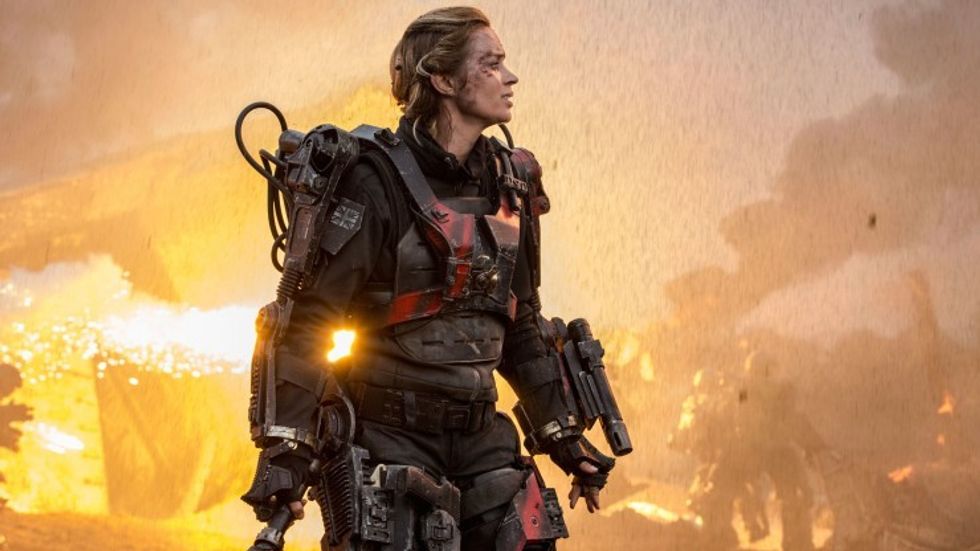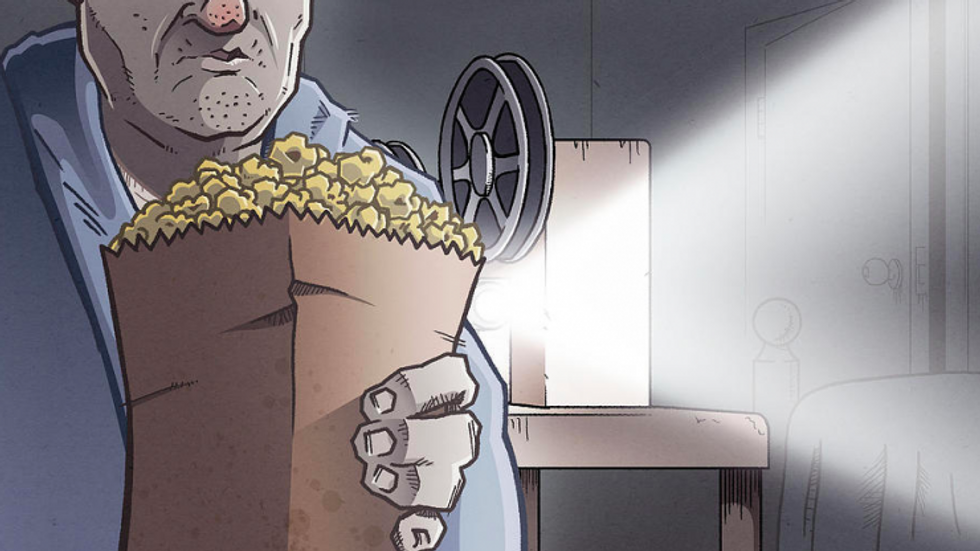How Producers Can Stay Relevant & Successful in the Ever-Changing World of Film
Continuing on in our series of film financing articles — we’ll hold a magnifying glass up to the ever-changing role of the producer.

From early-day producers on Studio lots working with a team of writers, to the indie producers of today shooting guerrilla-style films for next to zero budgets — the industry has shifted and so too have the ways in which producers develop, finance, produce, and release content.
1. No longer can a producer just be creative.
Today’s landscape requires that a producer be savvy across multiple disciplines — creative, financial, technology, and relationship. Often times these elements bleed into one another, with the other argument being that one trick pony producers can band with others who have a different skill-set. Certainly these arguments are true, but the best producers we’ve worked with (both directly and indirectly) have always had their fingers on the pulse of each of the elements.
A recent example of that is a Studio level producer (credits include Mr. & Mrs. Smith and Edge of Tomorrow)who was in the office here at Buffalo 8 & BondIt for a discussion regarding his upcoming projects, and the conversation shifted to the general state of the industry.
As we chatted, this producer, who is in his mid-50s, began chatting about YouTube, Reddit, Goldman Sachs Media Fund, CAA, and WME packaging departments, and a new HBO series he had just wrapped up — all within the span of 5 minutes. This producer has continued to be a mentor to us (and was instrumental in helping us in the early days) and the conversation proved to us once again that a great producer has a generally curious and ambitious mind, seeking not only to create excellence, but better solutions to the puzzle of media production.
2. No producer can rely solely on elements of prowess for too long.
We work with literally hundreds of producers and the common theme among all of them is that they are constantly seeking financing (obviously). However, what we also find to be a common theme amongst the best-of-the-best is that they work with the same financiers time and again. Many of them have set up direct funds (hedge funds, private equity funds, bank lines, etc) and others have fostered direct relationships with investors whom they have worked with for years.
When we come across a producer who has continued to work with the same financing source for a long time, we recognize the strength of this producer across the multiple disciplines we outlined above: their financial savviness has recouped the investors capital (yielding further project investment), they have worked to uncover promising creative properties that have lead to success, and they have been able to walk the tightrope of relationships and distribution technology pivots that have come to define the ever-changing business.
Obviously not every producer can be Brian Grazer — nor do we think that should be the case — but these foundational elements of finding the right capital source, identifying the right projects, and delivering on investment recoupment and creative satisfaction can be done across any budget level.
3. No producer can rest on their laurels.
Even the best producers we work with (those with Oscars, Emmys, and box office success stories) are continually pushing the boundaries of what they will do next. Watching a big name TV producer transition to indie film (and vice versa) shows us that being multi-versed and continually passionate and curious will yield the best results. Often the meetings, projects, and contacts we least anticipate prove to be the most influential: reiterating the need to remain hungry and passionate across the board.
Another recent example from our work revolves around a project titled Old Man in France. The film, in the vein of Lost in Translation & Sideways, is a live-action production based on an animated short film that received critical and audience success on the festival circuit in the past 18 months.
As we’ve worked on the development of this project (creatively, financially, and technically) we’ve once again dug deep into our experiences across multiple disciplines to get the film produced. Working both with smaller agencies, personal investors seeking media placements, and discussing the project with new-media outlets such as Vimeo, Amazon, and MCN (multi-channel networks) proves once again that as producers working today we are forced to find flexible solutions to ever-shifting puzzles.
4. No producer can expect instant gratification.
The easiest feeling to walk through the entreatment business with is resentment. A jaded sensation that takes over so many creatives and financiers alike — because quite frankly it’s a difficult business, period.
This multidiscipline approach to producing content will yield much less of a jaded taste — given that it effectively utilizes the portfolio approach (a spread of multiple options across a given business) to lead to ultimate results. Yes, the majority of the responses will be “NO” (which we still find to be true) and the age old cliche of “for every YES you’ll hear one hundred NOs" rings true — but staying focused on the end goal of content reaching your audience, and assuming that it will take multiple roads to reach that destination, will ultimately be a rewarding realization.













